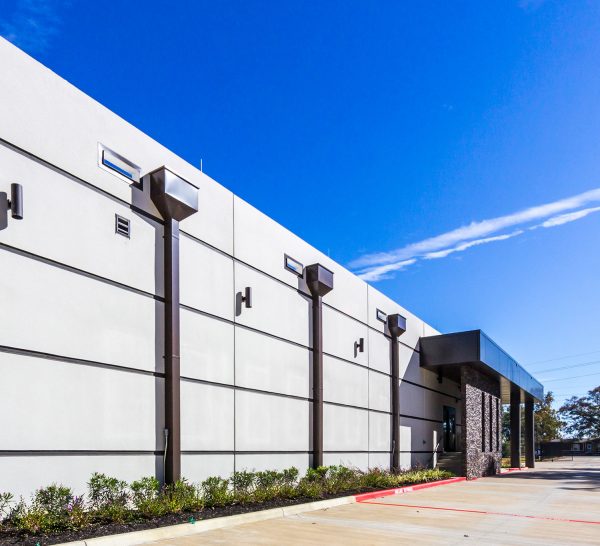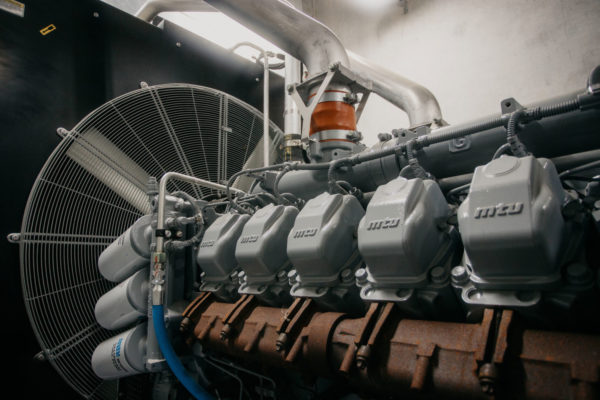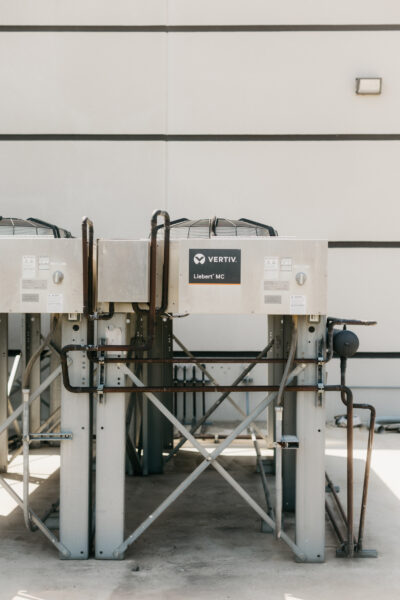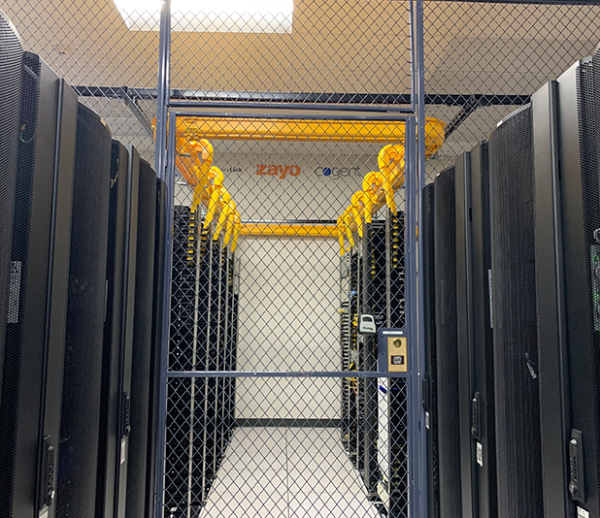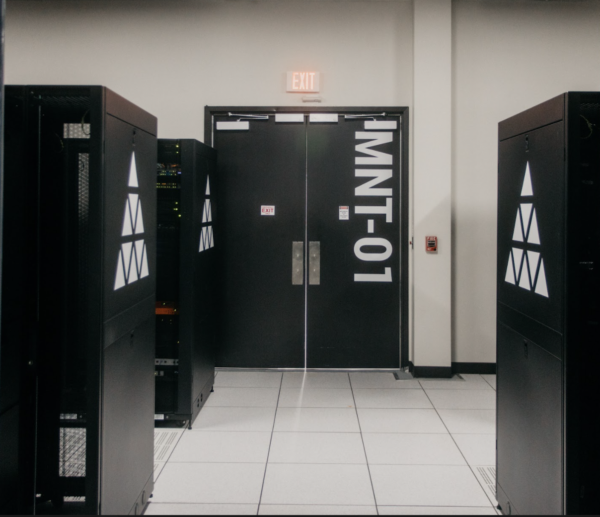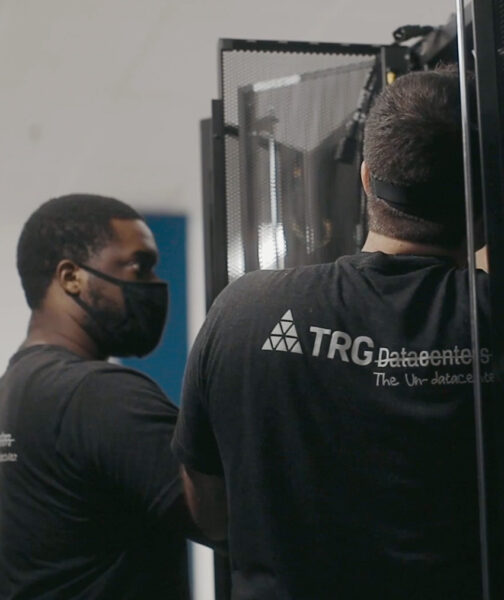Based in Houston, we know hurricanes aren’t hypothetical—they’re expected. When they hit, businesses need more than hope. They need infrastructure that doesn’t flinch under pressure. That starts with understanding how storms work and how each hurricane category brings unique risks to utility providers and data centers.
Defining and Measuring Hurricane Categories
The Saffir-Simpson Hurricane Wind Scale breaks hurricanes into five categories. It’s based on sustained wind speeds, but that’s only part of the story. For critical infrastructure, the bigger concerns often come from what those winds carry and leave behind—flooding, broken supply chains, extended power loss, and blocked access.
Category 1
Category 1 storms bring winds between 74 and 95 miles per hour. These are often underestimated. Power lines snap. Roads can flood. Trees fall. If your data center relies on utility power without tested backup, you’ll start seeing blinking servers before the storm clears.
Category 2
Category 2 storms are more aggressive, with winds between 96 and 110 miles per hour. Utilities face damaged substations and widespread outages. Storm prep shifts from precaution to necessity. A poorly constructed facility will start to show cracks—sometimes literally. If a center hasn’t reinforced its building envelope or tested its diesel backup, the countdown to downtime begins fast.
Category 3
Category 3 storms move into major hurricane territory. With winds between 111 and 129 miles per hour, they knock down transmission towers, uproot entire trees, and disable infrastructure for days or weeks. Flooding becomes serious. Water invades low-lying facilities. If your servers are in a basement or your generators are outdoors, you’re in trouble. At this point, your data center shouldn’t just be running—it should be ready to run solo.
Category 4
Category 4 hurricanes bring winds between 130 and 156 miles per hour. These are catastrophic. Entire regions go dark. Transportation becomes a memory. Utility providers can’t access critical sites for days, and fuel delivery becomes a major problem. You don’t just need diesel—you need a way to keep getting diesel without depending on a broken supply chain.
Category 5
Category 5 is a different world. Wind speeds exceed 157 miles per hour. These storms obliterate infrastructure. Roads are gone. Power grids are offline indefinitely. Services break down. The only facilities that stay operational are the ones built like bunkers, with enough redundancy to operate in total isolation.
How Hurricanes Disrupt Utilities and Data Centers
Power loss is the obvious threat. But it’s not just about when the lights go out—it’s about how long it takes to get them back on. In a major hurricane, grid power may not return for days. Sometimes weeks. If your data center doesn’t have tested, sustained backup power, you’re gambling with uptime.
Flooding adds another layer of risk. It doesn’t take deep water to cause real damage. Six inches of water in the wrong place can disable generators, short out transfer switches, or make equipment rooms inaccessible. Storm surge and heavy rainfall can push water into buildings that weren’t designed with elevation and drainage in mind.
Transportation is another failure point. If staff can’t get to the facility, you’re not operating. If fuel can’t be delivered, your generators don’t matter. If your vendors are stuck behind flooded roads, those critical replacement parts you needed yesterday won’t arrive for days.
Hurricanes don’t just test your infrastructure—they test your people. Long-duration storms mean staff might have to shelter onsite. Are they trained? Do they have food? Showers? A place to sleep? Most companies forget this part until it’s too late.
TRG Datacenters: Engineered for Real-World Storms
At TRG Datacenters, we designed every inch of our Houston facility for exactly these scenarios. We didn’t retrofit a building. We started from the ground up with hurricanes in mind.
Our walls are rated for over 185 miles per hour—built to withstand Category 5 force and more. That’s not theory. It’s tested design. Our roof is sloped to drive water away, reducing flood risk from rain accumulation and helping drainage do its job fast.
Generators are fully indoors. Not in an enclosure. Not protected by a tarp. Indoors. That means no windborne debris, no floodwater intrusion, and no last-minute scramble to sandbag entry points. They’re backed by contracts that guarantee diesel fuel—what we call infinite fuel contracts. We don’t rely on “available upon request.” We’ve already locked it in.
We’ve built for self-sufficiency. There’s a full kitchen and stocked showers onsite. Our team trains regularly for disaster scenarios. In a major storm, we don’t just stay online—we stay onsite. Our engineers can sleep, eat, and keep everything running without needing to leave.
Every essential system has a replacement part ready. Our backup parts chest is deep and specific. If something breaks, we don’t wait for FedEx. We walk across the room and fix it.
And because we’re based in Houston, we’ve lived through this. We understand the Gulf Coast weather patterns. We know how fast things escalate. We’ve built relationships with local utility providers, emergency managers, and service crews. In a crisis, information is power—and we’ve got local sources on speed dial.
What Makes TRG Different
Many companies claim to be storm-ready. But when you look closer, that often means they’ve added a generator and called it a day. Real preparedness means engineering for the worst-case scenario, not the most common one.
We didn’t just prepare to survive hurricanes. We designed to operate through them without interruption. Our facility doesn’t need to limp along—it runs at full capacity, even if the entire region is offline.
That’s what we offer our clients. Confidence. Not a hope that things will hold. A guarantee that we’ve already thought through what happens when they don’t.
Is Your Data Center Equipped to Handle Hurricanes?
If you’re operating a business in hurricane territory, you need more than luck. You need a facility built to stay up when everything else is going down. Hurricanes test every link in the chain—from grid power to generator fuel to human endurance.
At TRG Datacenters, we’ve removed the weak links. We’ve designed for Category 5. We’ve trained for 72-hour lockdowns. We’ve invested in infrastructure that doesn’t blink when wind speeds break records.
Storm season isn’t going away. But with the right partner, your data doesn’t have to go offline with it. We’re here in Houston. We’ve built for the reality of where we live. And we’re ready—rain or shine, Category 1 or Category 5—to keep your business running.
Looking for colocation?
For an unparalleled colocation experience, trust our expert team with three generations of experience

